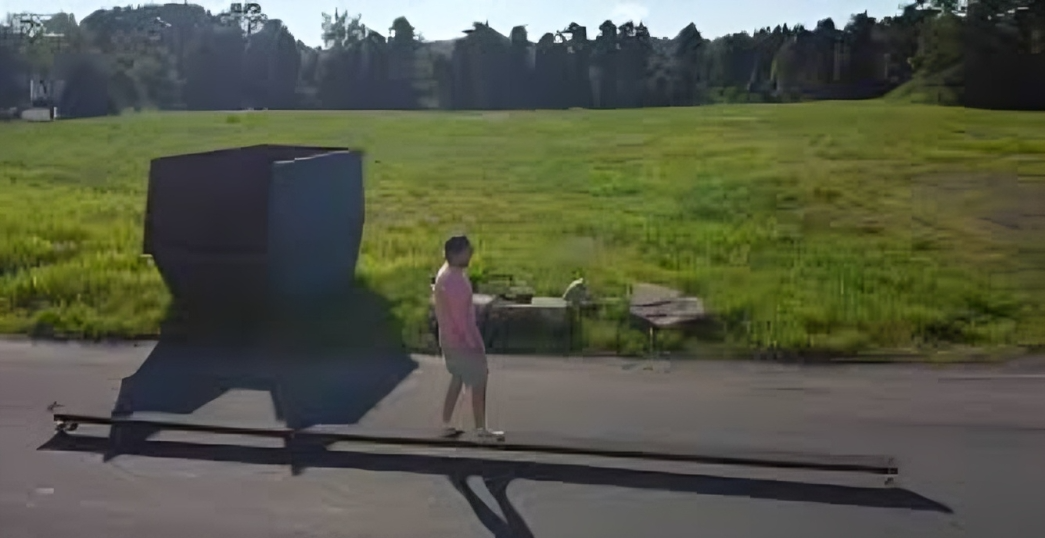
How Far is 25 Feet Exploring Everyday Comparisons and Contexts
Have you ever found yourself wondering just How Far is 25 Feet really is? It’s one of those measurements that can seem abstract until you start to visualize it in everyday terms. Whether you’re gauging the distance for a home improvement project, trying to determine how far away your favorite tree is from your porch, or simply curious about spatial awareness, understanding this specific distance can be surprisingly useful. So let’s embark on a journey to explore what How Far is 25 Feet means in various contexts and discover just how relatable this measurement truly is!
The Importance of Understanding Measurements
Measurements play a crucial role in our daily lives, often going unnoticed. From cooking to construction, accuracy can make all the difference.
Understanding measurements helps us navigate our environments more effectively. Whether you’re deciding how much paint you need for a room or ensuring furniture fits perfectly in your living space, knowing distances is key.
In sports and fitness, measurements define performance. Athletes track progress using distance metrics that are vital for improvement.
Moreover, measurements contribute to safety. Knowing the right dimensions can prevent accidents at home or on the road.
They foster creativity in various fields. Artisans and designers rely on precise calculations to bring their visions to life.
Grasping measurements empowers us in both practical and imaginative ways.
Exploring the Concept of 25 Feet
When we talk about How Far is 25 Feet, it’s often hard to visualize. It seems like a small number, but in reality, it can be quite significant. Picture a large SUV parked parallel to the curb. That vehicle typically stretches around 18-20 feet long. Now imagine adding just a bit more distance—a few extra steps—and you reach that magical 25-foot mark.
Think of basketball courts too. The three-point line sits approximately 23 feet from the basket in college games. So standing back at that additional two feet gives you some perspective on how far away you actually are when attempting those tricky shots.
In everyday life, this measurement can appear in various ways: from backyard projects to sports fields and even urban planning. Understanding what 25 feet looks like helps ground us in our environment and enhances our spatial awareness during daily activities.
Visualizing 25 Feet in Real-Life Scenarios
Visualizing How Far is 25 Feet can transform how we perceive distance in our daily lives. Imagine a standard school bus. It stretches about 35 feet long, meaning that 25 feet is just shy of its full length.
Now think about an average room. Most living rooms are around 15 to 20 feet wide. Picture the space from one wall to the other and then extend it further by a few steps.
Consider sporting scenarios as well. A basketball hoop stands at a height of 10 feet, so stacking two hoops on top would give you nearly that distance—now visualize standing back from there.
In nature, many trees reach heights of over 30 feet, but smaller ones might be closer to your target measurement. Standing next to one gives you context for what 25 feet really looks like among towering giants or cozy homes alike!
Comparing 25 Feet to Other Common Measurements
When thinking about distance, 25 feet might seem abstract. Yet, it’s surprisingly relatable when compared to everyday objects and spaces.
For instance, a standard school bus measures about 35 feet long. That makes 25 feet roughly the length of three-quarters of a bus.
Imagine your living room; many average-sized rooms are around 15 to 20 feet wide. So, 25 feet could be just beyond that cozy space where you gather with family or friends.
In sports contexts, a basketball hoop stands at 10 feet high. Hence, if you stacked two hoops on top of one another, you’d reach approximately the height of an object standing at 20 feet—just shy of our target distance.
Even comparing it to human heights can put things into perspective! The average adult male is around six feet tall; therefore, stacking four adults would bring you close to that magical number: twenty-five.
Why Perspective Matters When Measuring Distance
Perspective can dramatically alter our perception of distance. When we look at 25 feet from different angles, it can feel much closer or farther away than it really is.
For instance, standing in a hallway may make How Far is 25 Feets seem like just a quick walk. However, on an open field, that same measurement might feel daunting and lengthy.
Environmental factors also play a role. A cluttered space might obscure your view and affect how you gauge distances. Conversely, wide-open spaces provide clearer lines of sight.
Our personal experiences influence this as well. If you’re accustomed to running long distances, 25 feet could appear trivial compared to someone who rarely exercises.
Understanding perspective helps us accurately assess distance in various contexts—whether it’s for home improvement projects or navigating outdoor activities.
Fun Facts About 25 Feet
Did you know that 25 feet is roughly the length of a school bus? Imagine counting all those kids packed inside.
In sports, it’s significant too. A basketball court’s three-point line is about 23.75 feet from the basket, making that extra distance a game changer for players.
If you’re into gardening, consider this: many trees require at least 25 feet of space to thrive without crowding each other. That means more room for roots and branches!
When it comes to safety regulations, some fire codes dictate minimum distances between structures and flammable materials—often around 25 feet—to prevent disasters.
And here’s something quirky: a blue whale’s heart can weigh as much as 400 pounds! That’s about the size of a small car sitting just within that same distance of 25 feet!
Conclusion
Understanding How Far is 25 Feet is can help us navigate our surroundings better. It’s more than just a number; it gives perspective on distances we encounter daily. By visualizing this space through relatable examples, we can grasp the scale of various objects and settings.
Whether you’re trying to gauge how far away something is or planning an outdoor activity, knowing what 25 feet looks like in practice enhances your spatial awareness. From sports fields to everyday items, these comparisons place distance into context.
As we’ve explored throughout this article, recognizing measurements plays a crucial role in our day-to-day lives. So next time someone mentions How Far is 25 Feet, you’ll have a clearer picture of what that really means!


